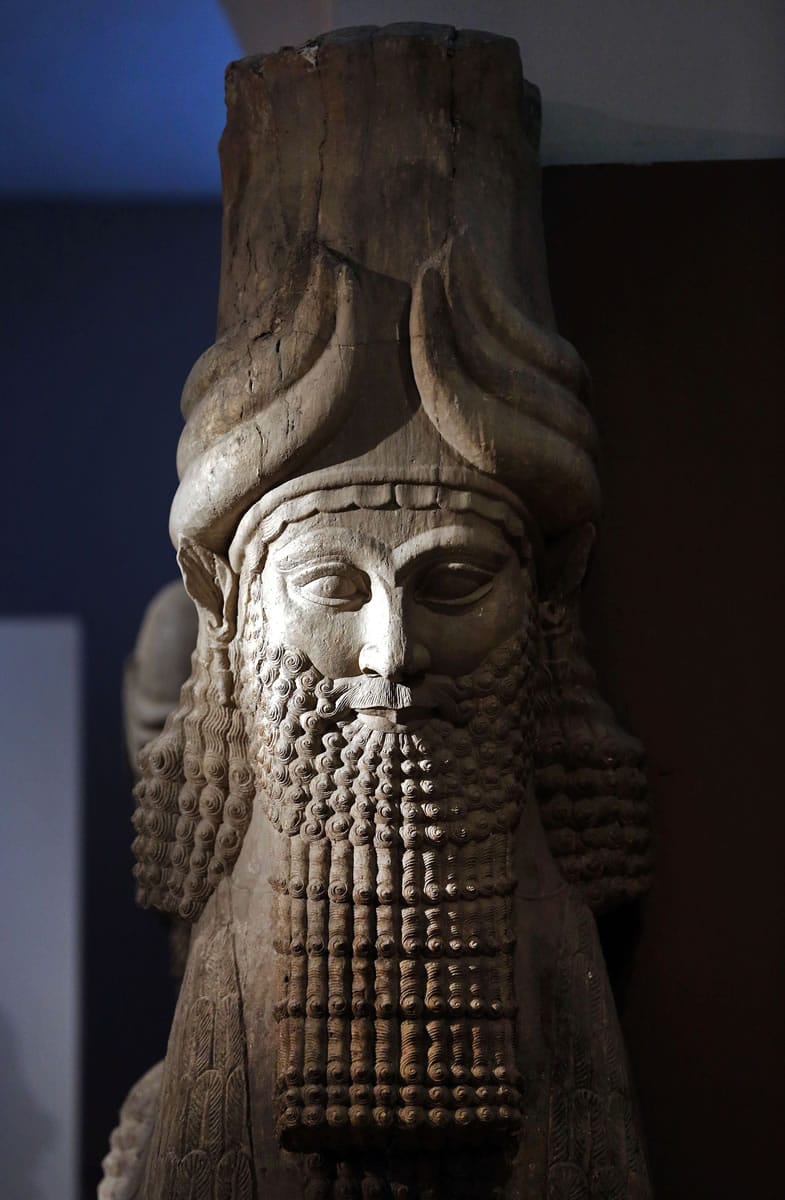BAGHDAD — For more than 5,000 years, numerous civilizations have left their mark on upper Mesopotamia — from Assyrians and Akkadians to Babylonians and Romans. Their ancient, buried cities, palaces and temples packed with monumental art are scattered across what is now northern Iraq and eastern Syria.
Now much of that archaeological wealth is under the control of extremists from the Islamic State group. The militants have demolished some artifacts in their zealotry to uproot what they see as heresy, but they are also profiting from it, hacking relics off palace walls or digging them out to sell on the international black market.
Antiquities officials in Iraq and Syria warn of a disaster as the region’s history is erased.
In Iraq, black market dealers are coming into areas controlled by the Islamic State group or in safe regions nearby to snap up items, said Qais Hussein Rashid, head of the state-run Museums Department.
When the militants overran the northern city of Mosul and surrounding Ninevah province in June, they captured a region were nearly 1,800 of Iraq’s 12,000 registered archaeological sites are located. They snapped up even more as they pushed south toward Baghdad.
Among the most important sites under their control are four ancient cities — Ninevah, Kalhu, Dur Sharrukin and Ashur — which were at different times the capital of the mighty Assyrian Empire. The Assyrians first arose around 2500 B.C. and at one point ruled over a realm stretching from the Mediterranean coast to Iran.
The heaviest damage confirmed so far has been in the grand palace at Kalhu, from which Assyrian King Ashurnasirpal II reigned in the 9th century B.C., Rasheed said. The palace walls are lined with reliefs describing the king’s military campaigns and conquests or depicting him hunting lions or making sacrifices to the gods.
“They are cutting these reliefs into small parts and selling them,” Rasheed continued. “They don’t need to excavate. They just need a chain saw to cut the king’s head or legs if they want.”
Recently they carved off a relief depicting a winged demon holding a sacred plant and sold it abroad, he said. “It is now beyond borders.”
Authorities fear other sites will soon face destruction, including Mosul’s city museum, which has rare collections of Assyrian artifacts, and the 2,300-year-old city of Hatra. From both locations, militants ordered out antiquities officials, chastising them for protecting “idols,” Rasheed said.
In and around Mosul, the militants destroyed at least 30 historic sites, including the Islamic mosque-shrines of the prophets Seth, Jirjis and Jonah. The shrines were centuries old, in many cases.
In civil war-torn Syria, looting of archaeological sites is believed to have increased tenfold since early 2013 because of the country’s chaos, said Maamoun Abdulkarim, Syria’s director-general of antiquities and museums.



